Intro
Discover the controversy surrounding Andrew Jackson on the $20 bill, exploring his legacy, presidential history, and the proposed bill redesign featuring Harriet Tubman, amidst debates on American currency and historical representation.
The United States has a long history of featuring notable figures on its currency, and one of the most recognizable is Andrew Jackson, the seventh President of the United States, who has been featured on the $20 bill since 1928. However, in recent years, there has been a growing movement to replace Jackson's portrait with that of a more diverse and inclusive figure. This has sparked a heated debate about the role of historical figures on currency and the importance of representation.
The decision to feature Andrew Jackson on the $20 bill was made in the 1920s, as part of a broader effort to standardize the design of US currency. At the time, Jackson was seen as a hero of the common man, having risen from humble beginnings to become President. He was also known for his strong personality and his commitment to states' rights. However, in recent years, Jackson's legacy has been reevaluated, and many have come to view him as a problematic figure. He was a slaveowner, and his policies towards Native Americans were brutal and devastating.
Despite these controversies, Andrew Jackson remains a significant figure in American history, and his portrait on the $20 bill is a testament to his enduring legacy. However, the movement to replace him with a more diverse figure has gained momentum in recent years, with many arguing that it is time for the US to recognize the contributions of women and minority groups to its history. This debate has sparked a wider conversation about the role of representation on currency and the importance of inclusivity in American society.
Andrew Jackson's Life and Legacy
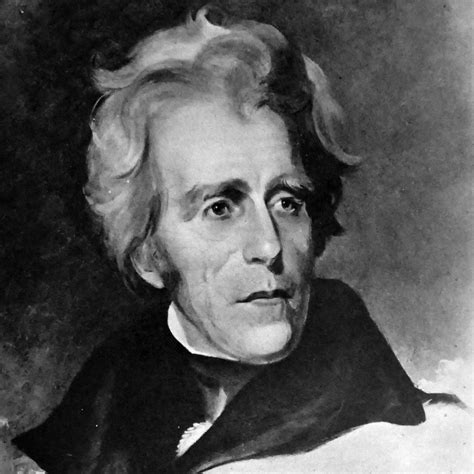
Andrew Jackson was born in 1767 in the Waxhaws region of South Carolina. He grew up in a poor family and had little formal education, but he was able to teach himself law and eventually became a successful lawyer and politician. He served in the Revolutionary War and later became a congressman and senator from Tennessee. In 1828, he was elected President, running on a platform of states' rights and limited government. During his presidency, Jackson oversaw the forced relocation of thousands of Native Americans, known as the Trail of Tears, and he also vetoed the re-charter of the Second Bank of the United States, which led to a major economic downturn.
Despite these controversies, Jackson remains a significant figure in American history, and his legacy continues to be felt today. He was a strong leader who was not afraid to take bold action, and his commitment to states' rights and limited government has had a lasting impact on American politics. However, his treatment of Native Americans and his ownership of slaves are undeniable stains on his legacy, and they have led many to question whether he is an appropriate figure to be featured on US currency.
The Movement to Replace Andrew Jackson
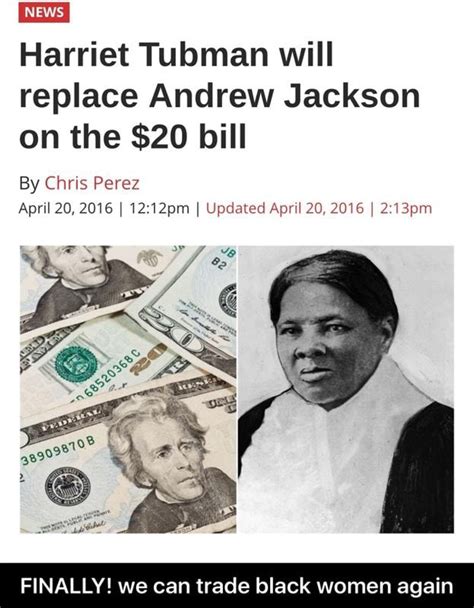
In recent years, there has been a growing movement to replace Andrew Jackson on the $20 bill with a more diverse and inclusive figure. This movement has been driven by a variety of factors, including a desire to recognize the contributions of women and minority groups to American history and a need to acknowledge the problematic legacy of Andrew Jackson. Many have argued that featuring a more diverse figure on the $20 bill would be a powerful symbol of inclusivity and would help to promote a more nuanced understanding of American history.
Some of the figures who have been proposed as potential replacements for Andrew Jackson include Harriet Tubman, a former slave who became a prominent abolitionist and women's rights activist; Wilma Mankiller, a Cherokee Nation politician and community developer; and Rosa Parks, a civil rights activist who played a key role in the Montgomery Bus Boycott. Each of these figures has a unique and compelling story, and they all have made significant contributions to American history.
Benefits of Representation on Currency
Featuring a diverse figure on the $20 bill would have a number of benefits, including:
- Promoting inclusivity and diversity in American society
- Recognizing the contributions of women and minority groups to American history
- Providing a more nuanced understanding of American history and the complexities of the past
- Inspiring young people and promoting a sense of pride and ownership in American culture
Overall, the movement to replace Andrew Jackson on the $20 bill is a complex and multifaceted issue that reflects a broader conversation about representation, inclusivity, and the role of historical figures in American society.
The Importance of Historical Context

When evaluating the legacy of Andrew Jackson and the movement to replace him on the $20 bill, it is essential to consider the historical context in which he lived. Jackson was a product of his time, and his views on slavery, states' rights, and Native Americans were shaped by the societal norms and values of the early 19th century. However, this does not excuse his actions or justify the harm that he caused to marginalized communities.
It is also important to recognize that historical context is not static, and our understanding of the past is constantly evolving. As new evidence and perspectives emerge, our understanding of historical figures and events must adapt to reflect this new information. In the case of Andrew Jackson, a more nuanced understanding of his legacy has led many to question whether he is an appropriate figure to be featured on US currency.
Challenges and Controversies
The movement to replace Andrew Jackson on the $20 bill has not been without controversy. Some have argued that replacing Jackson would be an attempt to erase history or rewrite the past. Others have argued that the focus on representation on currency is misguided and that more pressing issues, such as economic inequality and social justice, should be prioritized.
However, these criticisms miss the point of the movement to replace Andrew Jackson. The goal is not to erase history or rewrite the past but to promote a more inclusive and nuanced understanding of American history. By featuring a diverse figure on the $20 bill, the US can take a powerful step towards recognizing the contributions of women and minority groups to its history and promoting a more just and equitable society.
Alternative Figures and Designs

As the movement to replace Andrew Jackson on the $20 bill gains momentum, a number of alternative figures and designs have been proposed. Some of the most popular alternatives include:
- Harriet Tubman, a former slave who became a prominent abolitionist and women's rights activist
- Wilma Mankiller, a Cherokee Nation politician and community developer
- Rosa Parks, a civil rights activist who played a key role in the Montgomery Bus Boycott
- Martin Luther King Jr., a civil rights leader who played a key role in the movement for racial equality
- Susan B. Anthony, a women's rights activist who played a key role in the movement for women's suffrage
Each of these figures has a unique and compelling story, and they all have made significant contributions to American history. By featuring one of these figures on the $20 bill, the US can take a powerful step towards promoting a more inclusive and nuanced understanding of its history.
Design Considerations
When designing a new $20 bill featuring a diverse figure, a number of considerations must be taken into account. These include:
- The figure's historical significance and contributions to American history
- The figure's relevance to contemporary American society and culture
- The design's aesthetic appeal and ability to engage the public
- The need to balance representation and inclusivity with the practical considerations of currency design
By carefully considering these factors, the US can create a new $20 bill that is both visually striking and historically meaningful.
Andrew Jackson Image Gallery
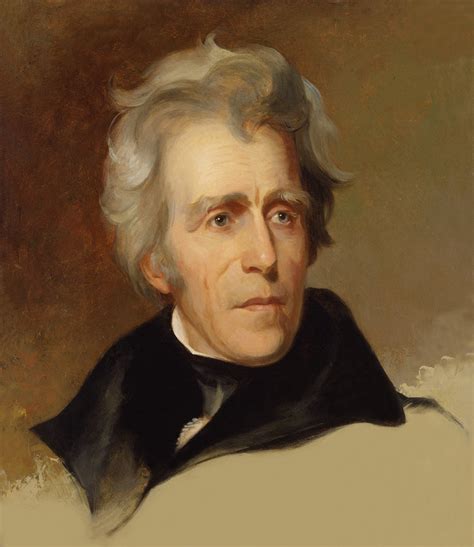
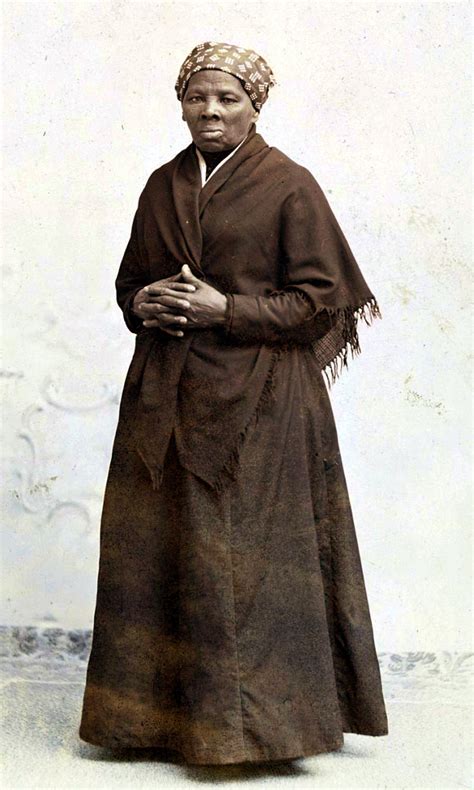



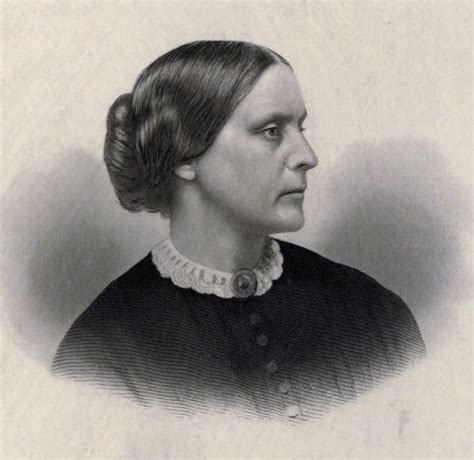
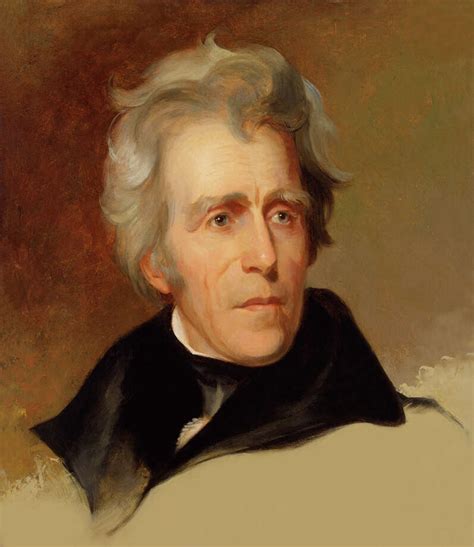


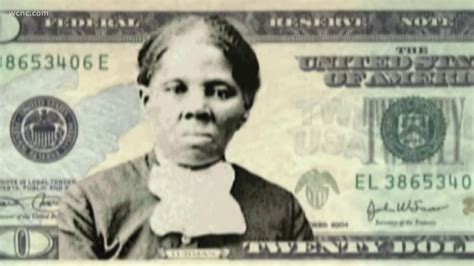
The debate over Andrew Jackson's portrait on the $20 bill is a complex and multifaceted issue that reflects a broader conversation about representation, inclusivity, and the role of historical figures in American society. As the US continues to evolve and grow, it is essential to consider the legacy of its historical figures and the impact that they have had on contemporary society. By promoting a more nuanced understanding of American history and recognizing the contributions of diverse figures, the US can take a powerful step towards creating a more just and equitable society. We invite you to share your thoughts on this topic and to join the conversation about the importance of representation and inclusivity in American culture.
